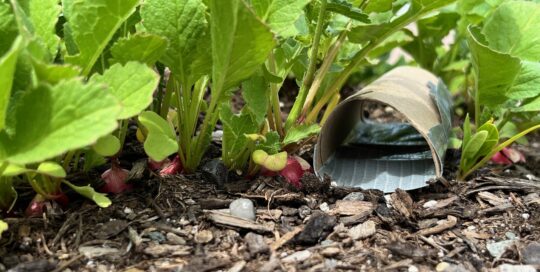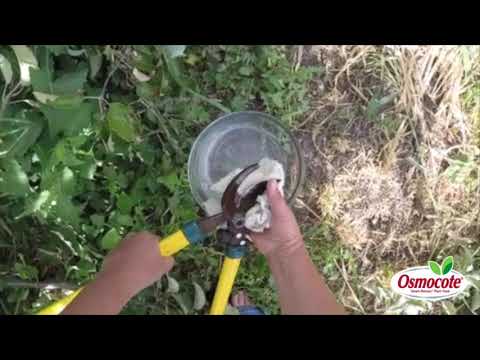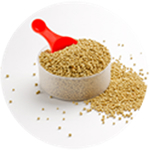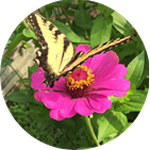Repelling slugs
Views: 5168
I remember when I was 12, I asked Mom to buy me a bottle of beer. Without hesitation she did. She knew I wasn’t tipping back in the bushes—it was for the slugs that slimed their way through my garden. One of the old ways to eliminate them is to pour a little beer in a shallow dish or lid. They climb in and die happy.
In our gardens in Kalispell, which is more temperate than hot, dry Great Falls, I let me stepson, Blaine, loose with the salt shaker in the evening. He cruised the garden looking for the little slime balls, and gave them a good sprinkle. Talk about instant gratification.
We also had a duck, Little Peep Peep, for a season. I brought her into the garden with me when I weeded, and let her nose around beneath the broccoli and cabbage, which seemed to attract the most slugs probably because their large leaves provided cover as well as dinner. She picked her way through like an expert, and did a good job on keeping the population under control. But if you’re going to use ducks as bug patrol be sure to wait until the veggies are mature enough to not look palatable, or there will be seedlings on the duck’s menu as well as the slugs.
Preventing Slug Damage
Slugs can wreak havoc in a short amount of time, so its good to be proactive in keeping them away from the plants in the first place. One recommendation is not to mulch around plants, but since I’m a big fan of anything that retains moisture in most areas of the country, I’d do that only when you have plenty of rain.
To make their path to the plants less pleasant, put up barriers. Diatomaceous earth, which is fossilized sea plants that are sharp to the sensitive little slug bodies, works well to discourage them. This needs to be replenished after a rain because the moisture softens the earth.
Egg shells, coffee grounds, talcum powder, Epsom salts, and even hair (human, horse, or dog) also work to keep slugs away from the plants. Sprinkle a perimeter several inches wide around the plants. You can also place collars made of plastic or stiff cardboard around plants to effectively fence them away from the tasty stalks.
Alternatives
I’ve tried copper strips—they’re supposed to conduct electricity and give them a little shock—without much success. I’ve also read reports of people using cocoa shells as a mulch around plants with varied results. Some claim they work, others say theyre ineffective. Plus, supposedly some dogs find the cocoa shells tasty, but they can be dangerous if ingested. So be aware if you have a pet with a tendency to eat new things.
Battling slugs can be maddening, but thankfully there are many methods to keep them away from your plants. The most important part is to keep an eye on their activity, and make their lives less than easy when it comes to eating your plants.
This weekend you can hear me offering pest control tips on Darla Shines radio program, the Happy Housewives Club, or read some of my other gardening articles on her site www.happyhousewivesclub.com in the Homemaking section.
Meet Amy Grisak
Amy is a freelance author and photographer in Great Falls, MT who specializes in gardening, foods, and sustainable agriculture. She provides information on every kind…
Amy's Recent Posts
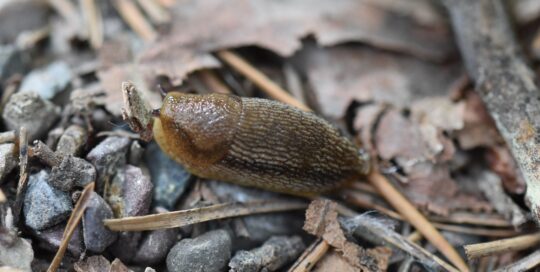
Staying on Top of Slugs
